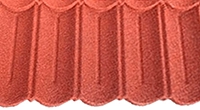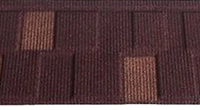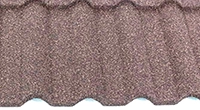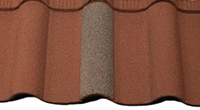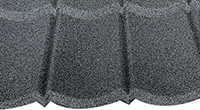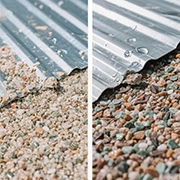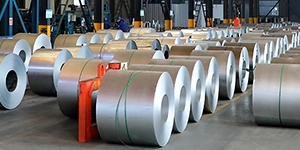What Are the Installation Requirements for Stone - Coated Metal Roofing Tiles?
Installing stone - coated metal roofing tiles is a task that requires careful attention to detail to ensure the best performance and longevity of the roof. There are several key installation requirements that both professionals and DIY enthusiasts need to be aware of.
First and foremost, the roof deck must be properly prepared. The deck should be clean, dry, and free of any debris or protrusions. If the existing roof is being replaced, all old roofing materials need to be completely removed. The deck should also be inspected for any signs of damage or rot. Any damaged areas should be repaired or replaced before installing the new stone - coated metal roofing tiles. In some cases, it may be necessary to install a layer of sheathing or underlayment to provide additional protection and support.
The next important requirement is the use of the correct fasteners. Stone - coated metal roofing tiles typically require special corrosion - resistant fasteners. These fasteners are designed to withstand the elements and hold the tiles securely in place. The number and placement of the fasteners are crucial. They should be spaced according to the manufacturer's instructions to ensure proper adhesion and to prevent the tiles from shifting or being lifted by wind. Using the wrong type or number of fasteners can compromise the integrity of the roof.
When it comes to the actual installation of the tiles, proper alignment is essential. The tiles should be laid out in a straight and even pattern. This starts with the first row of tiles, which should be installed along the eaves of the roof. A level should be used to ensure that the first row is perfectly horizontal. Each subsequent row of tiles should be carefully aligned with the previous row, both horizontally and vertically. Any misalignment can create gaps or overlaps that can lead to water infiltration.
In addition, flashing is a critical part of the installation process. Flashing is used around roof penetrations such as chimneys, vents, and skylights, as well as at the edges of the roof. It helps to prevent water from seeping into the roof structure. The flashing for stone - coated metal roofing tiles should be made of a compatible material, such as galvanized steel or aluminum, and should be installed tightly and securely.
Another important aspect is the installation of ridge caps. Ridge caps are used to cover the peak of the roof. They should be installed in a way that provides a watertight seal. The ridge caps should be properly aligned and fastened to the roof tiles to ensure that they do not come loose in high winds.
Proper ventilation is also required. Adequate ventilation helps to regulate the temperature and humidity in the attic space, which can extend the life of the roof. Ventilation openings should be installed according to building codes and the manufacturer's recommendations.
Finally, safety should always be a top priority during installation. Installers should use appropriate safety equipment, such as harnesses, helmets, and non - slip shoes, especially when working on steep roofs.
The installation requirements for stone - coated metal roofing tiles involve proper roof deck preparation, the use of correct fasteners, accurate tile alignment, proper flashing installation, the correct installation of ridge caps, adequate ventilation, and strict safety measures. Following these requirements will result in a well - installed, durable roof.

